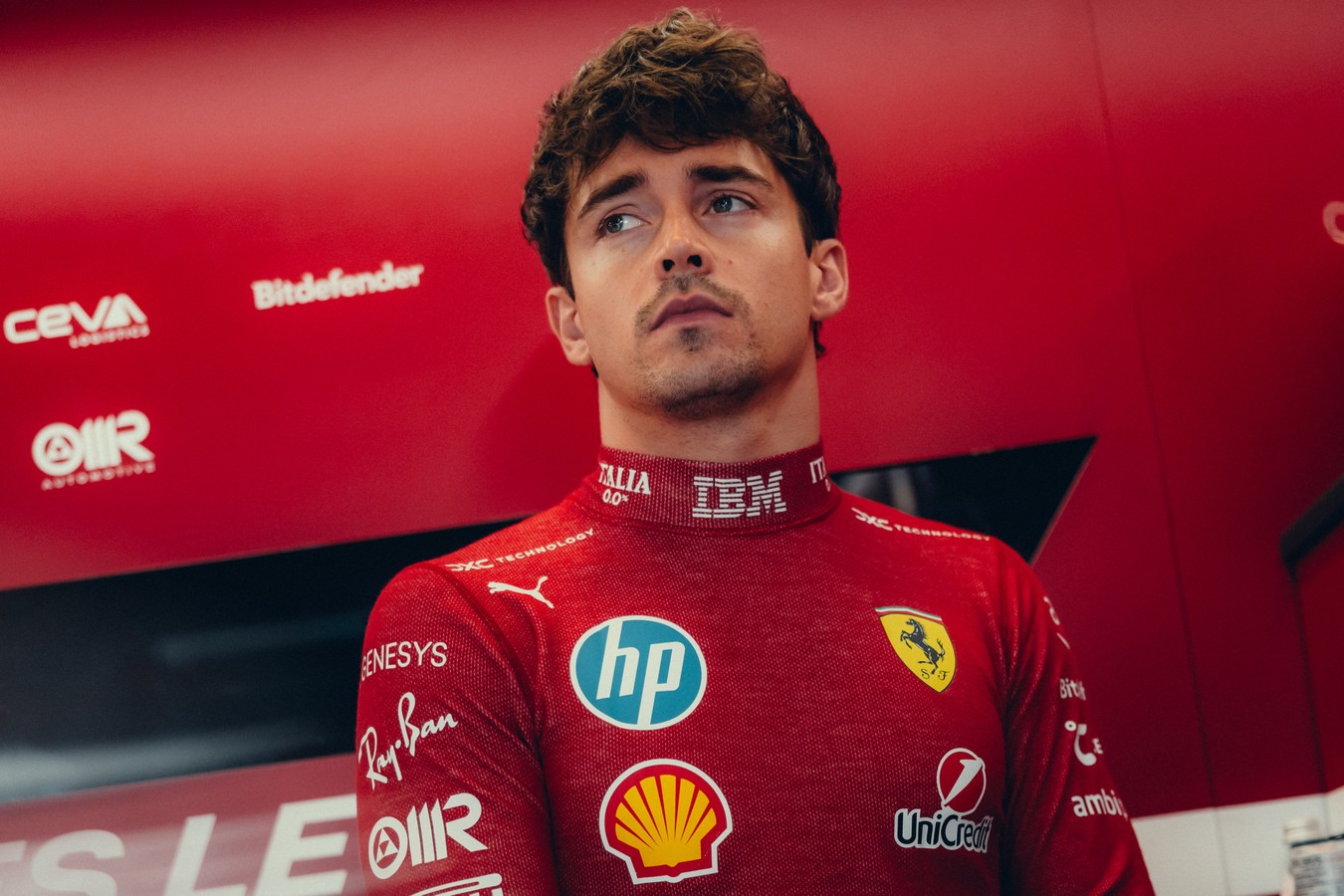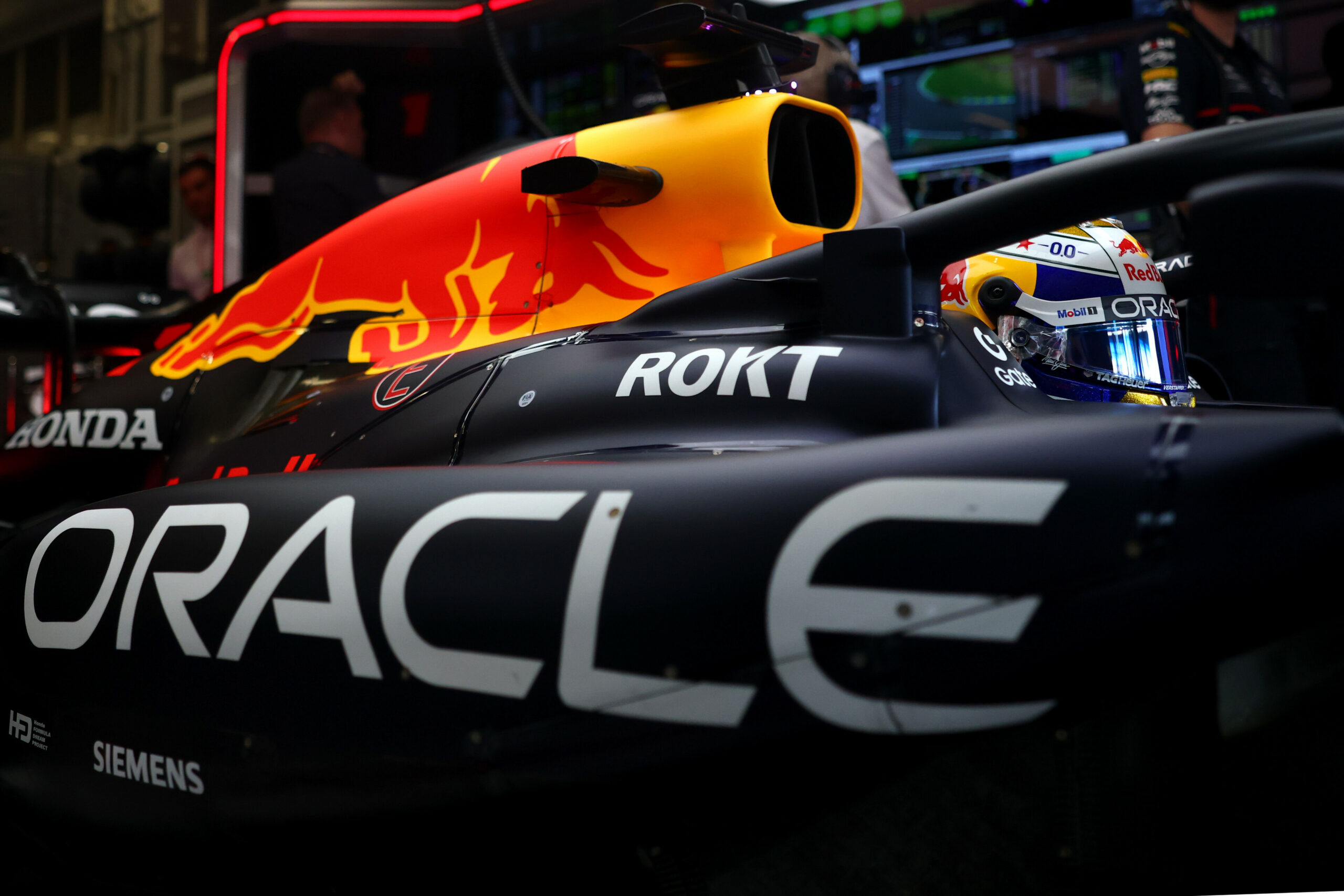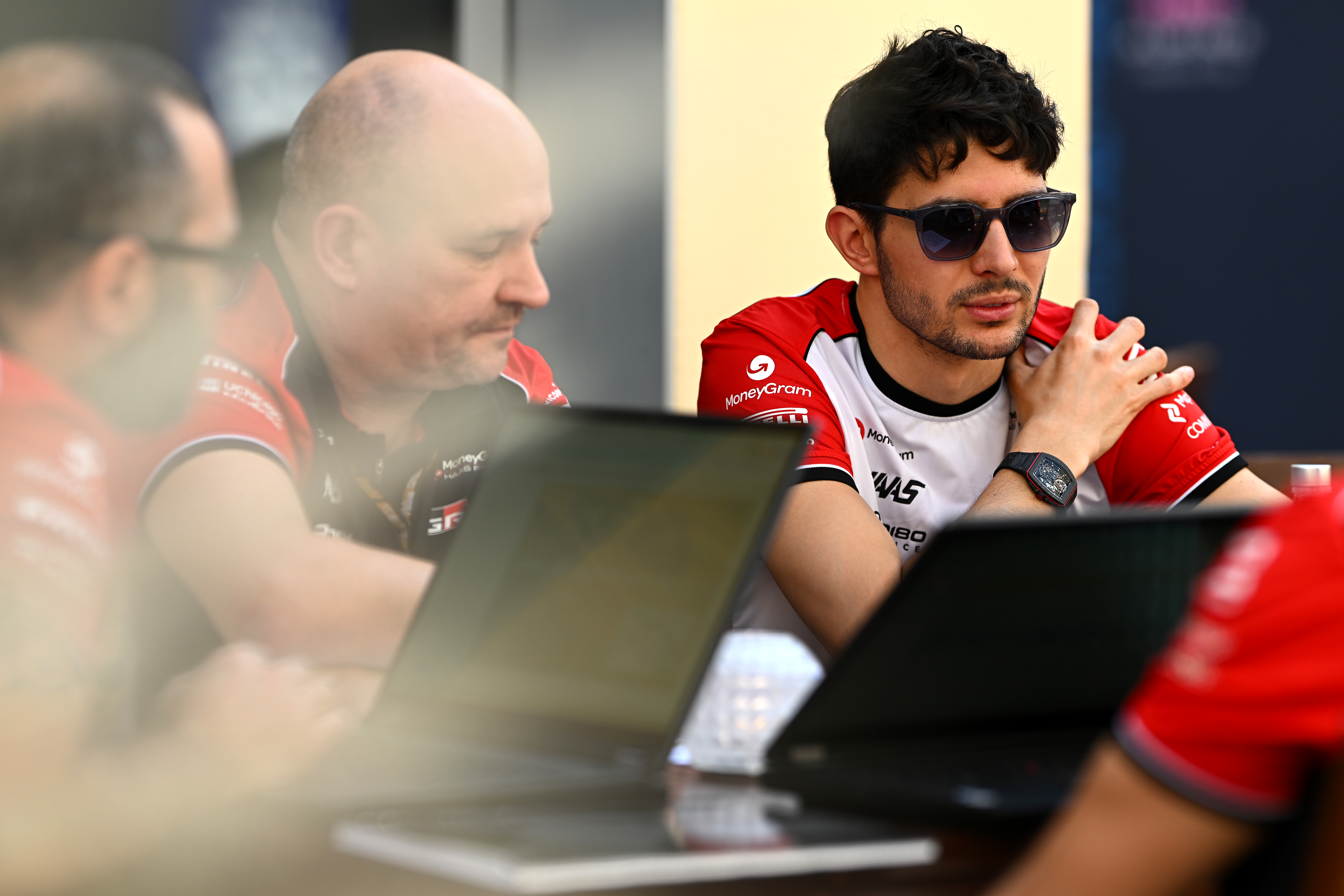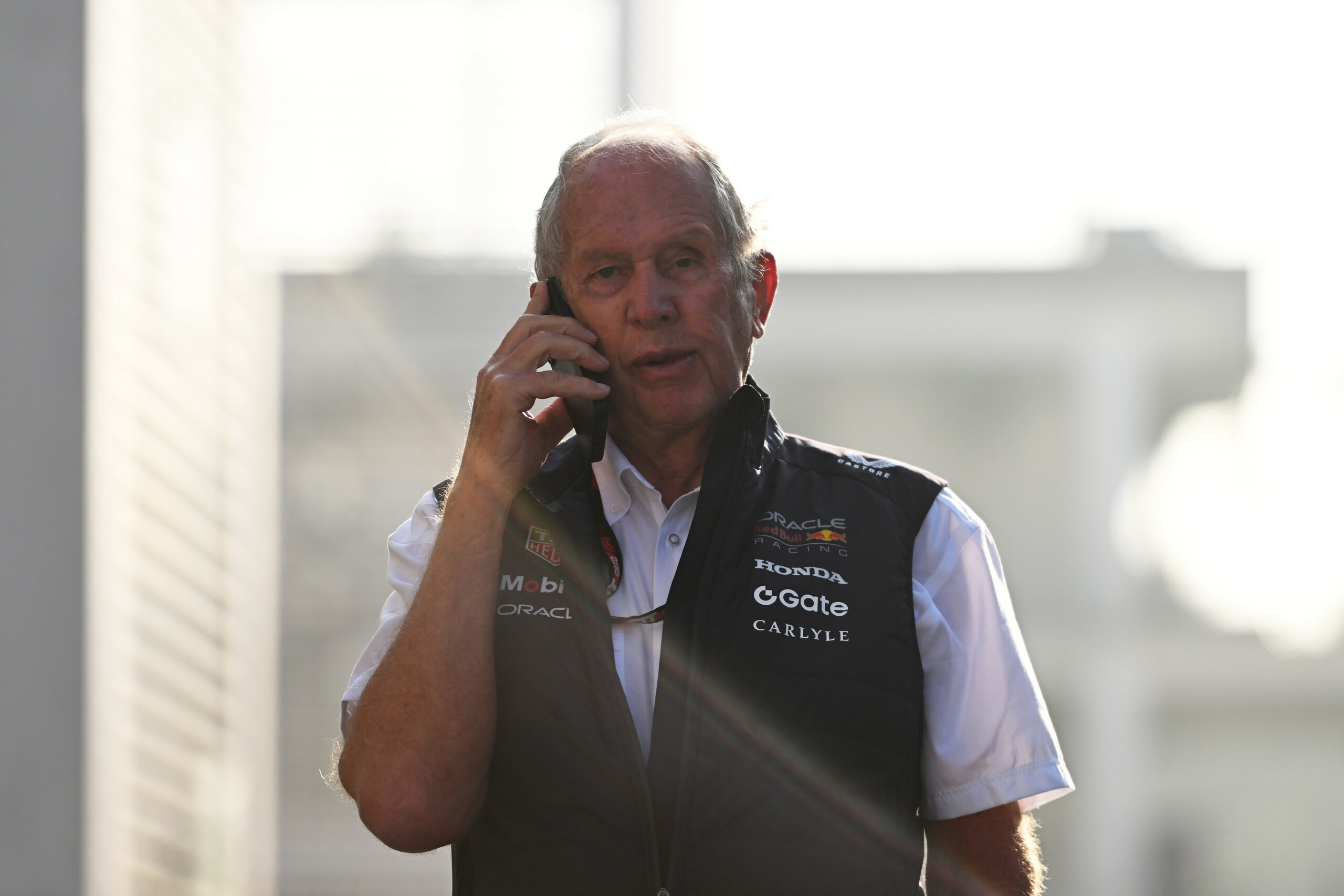The São Paulo Grand Prix dealt a severe blow to Mercedes. Lewis Hamilton’s descended down the pack due to tyre wear and straight-line speed issues, finishing a disappointing P8 last Sunday. George Russell’s subsequent retirement marked a disastrous turn of events.

The team had already announced a significant shift in strategy for the 2024 season, signalling a departure from the W14 design. Despite the potential risks associated with such a drastic change, the team believes it’s necessary to abandon the existing concept, given its apparent lack of a future.
Toto Wolff, the team principal, emphasised that the disappointing performance in Brazil only reinforced their conviction in the decision to undergo a fundamental transformation.
When asked about the impact of the Brazilian race on their confidence in understanding the present regulations, Wolff said: “No, I think more confirmed that the steps that we did are necessary. So at least we know it confirms that the trajectory of changing fundamentally is right.”
Reflecting on the contrast between last year’s dominant Interlagos weekend and the current struggles, Wolff expressed a desire to move forward: “Last year, we came out of an Interlagos weekend, where you’re absolutely demolishing your competition Saturday and Sunday, and that was like: are we doing the right thing by continuing with the chassis that we have?
“Now it is pretty clear. This feels horrible for the whole team. And I wish we could start the new season and concentrate on the new car.”
Brazil saw the team baffled over their lack of performance; the tyre wear was a head-scratcher since their car is considered to be one of the best in that area. Furthermore, the recent floor update that was added in the United States Grand Prix saw Hamilton finish 2nd on the road at COTA before his disqualification — and crossed the line in Mexico in the same spot as well.
During the sprint and Grand Prix itself, Mercedes was puzzled by the unexpected lack of performance, particularly in terms of tyre wear, which contradicted the reputation of their car as one of the best in that aspect.
The team contemplated changing their set-up before the main race but ultimately decided against it, as Wolff explained: “We didn’t know fundamentally where we would have changed it because there is a much bigger issue.
“We thought about that [starting from the pitlane], but when thinking about maximising points, it was probably right to start like this.”
Mercedes acknowledged that their set-up was too conservative with its targeted ride-height aero platform, which has given away a lot of performance, and it feels that it has now pinpointed the issues with its current car this year.

Looking ahead to the next season, Wolff dismissed any sense of complacency, stating: “For 13 years, I’ve never felt optimistic or confident.
“It’s maybe more my problem and my brain: the glass is always half empty.
“But what we know is that we’re changing the car completely, and we are an outlier compared to the last eight years, where we’ve been in the front, solid, and with the structure and people to perform at the front.
“This car generally, the development of this car, is more plasters that we put on something that’s not right.”




